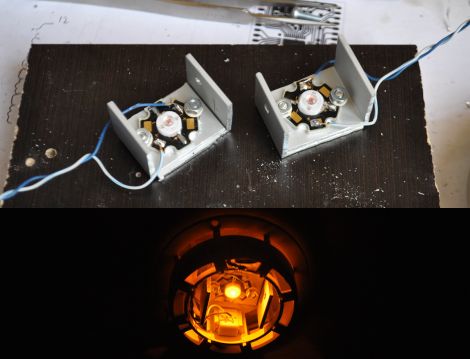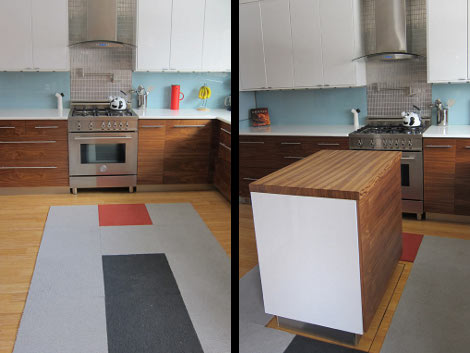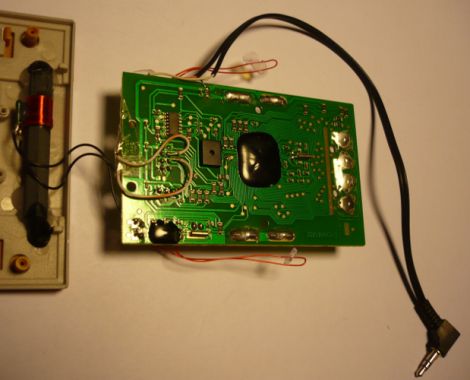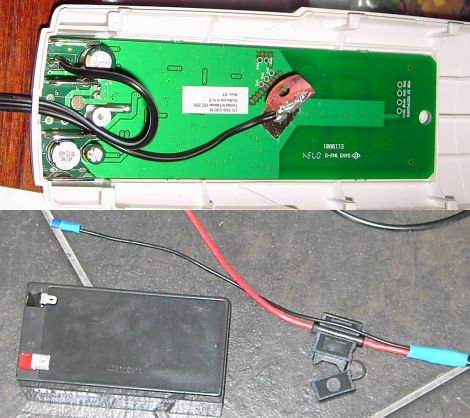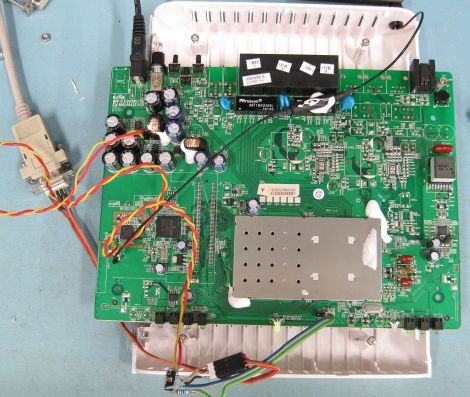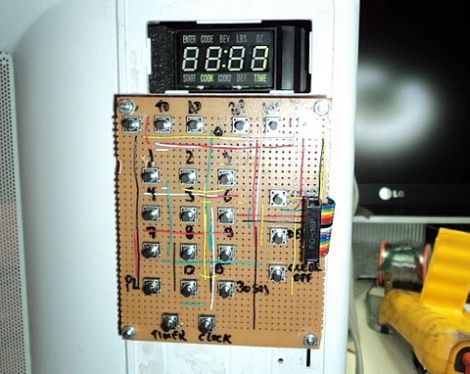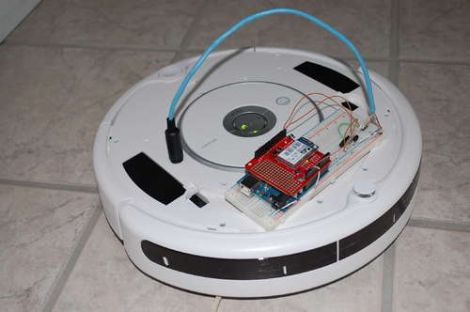
Instructables user [matchlighter] wanted to see what he could program his Roomba to do, so he decided he would make his little cleaning machine report its status on Twitter whenever something happened.
He popped open the Roomba’s case to access its serial connector, crafting a simple interface cable from some spare Cat5 he had sitting around. He added a small voltage regulator between the Roomba and his Arduino in order to protect it from the high power output present while the Roomba is charging. Once the proper bits were in place, he hooked the Roomba’s serial interface to the Arduino and attached a SparkFun WiFly shield to allow for wireless communications. After a bit of coding, the Roomba was sharing its activities with the entire world on Twitter.
Not only did he want the Roomba to tweet, but he decided that he also wanted the ability to control it from the web. He created a simple interface using a handy library he found online and was sending cleaning commands to the Roomba in short order.
While there is no video of the Roomba in action, you can check out what it is up to here, and there’s plenty of code to be had on his Instructables page.

